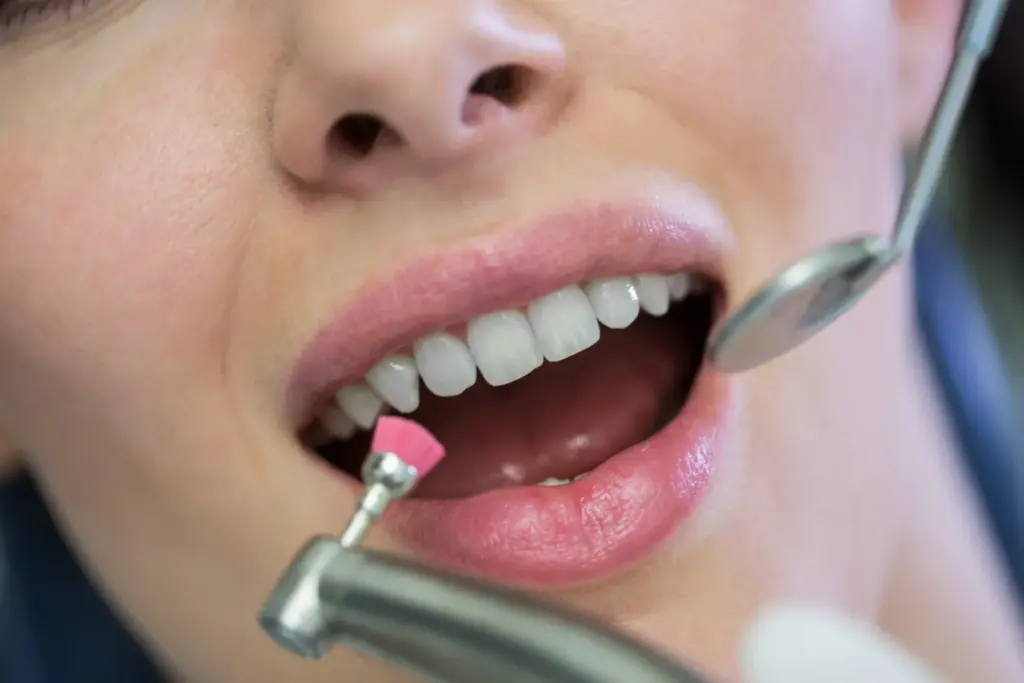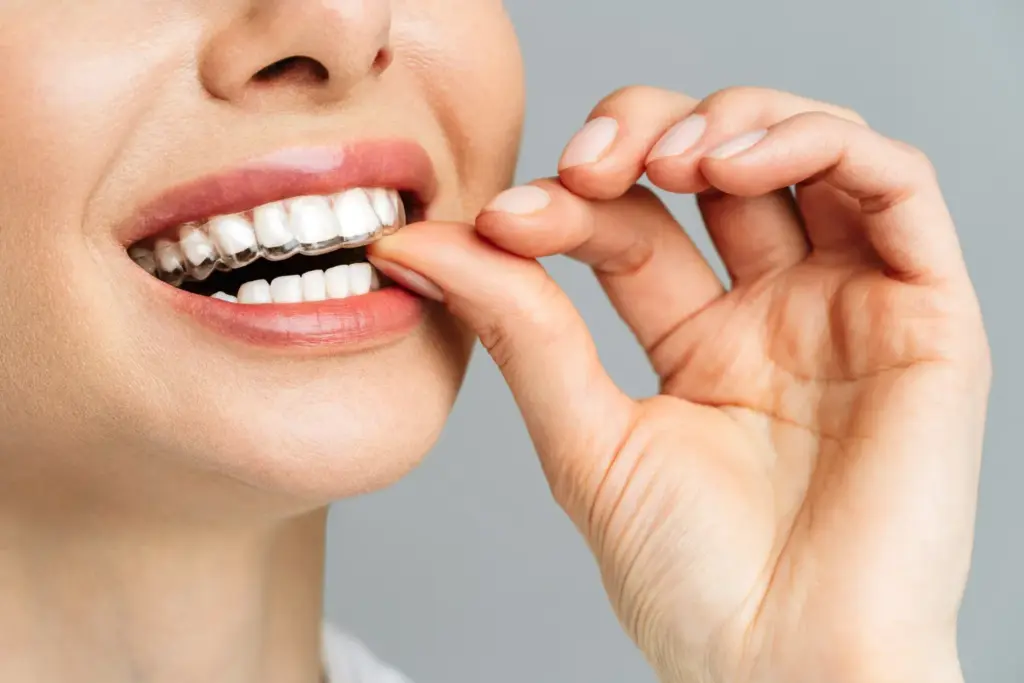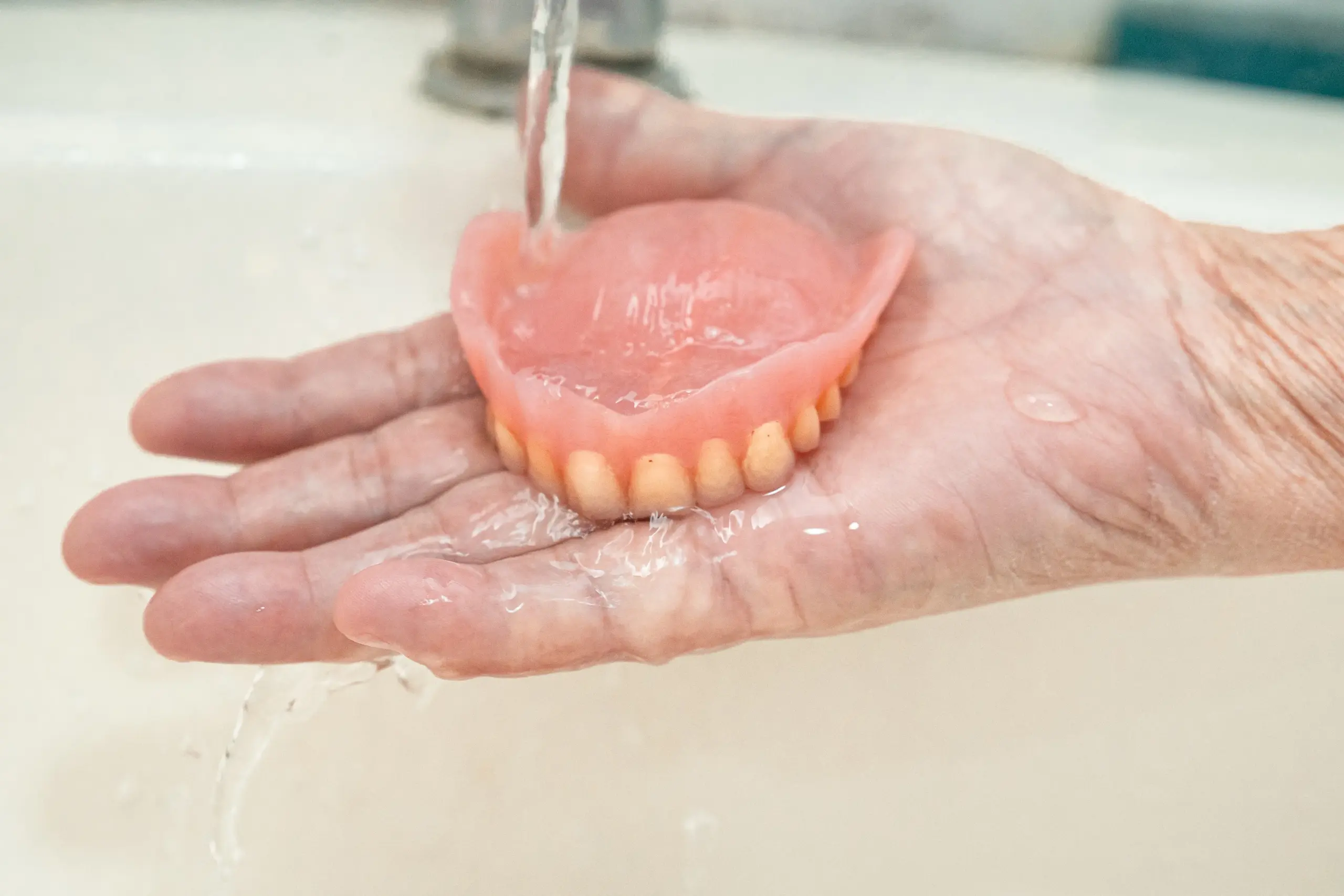Teeth shaving sounds severe at first glance, yet in everyday dentistry, it usually describes two careful, evidence-based techniques. The first is interproximal reduction, where a dentist or orthodontist gently polishes tiny amounts of enamel between neighbouring teeth to create room during orthodontic treatment. The second is cosmetic recontouring, where small shape adjustments smooth an uneven edge or soften a pointed corner. Both remove fractions of a millimetre, are fully measured, and are planned to keep your teeth healthy while improving alignment and symmetry.
Why a dentist might recommend teeth shaving
Teeth and jaws are a partnership. If there is not quite enough space, controlled enamel polishing can help to:
- Create a few millimetres of room without removing a tooth
- Reduce small black triangles by reshaping the contact point between teeth
- Improve the way the upper and lower teeth meet
- Smooth minor chips so edges look tidy
- Bring a single tooth back into line with its neighbours
The aim is a stable, natural result that looks good and functions properly.
Interproximal reduction and cosmetic recontouring
Both methods involve minimal enamel removal, but they serve different purposes. Interproximal reduction, often shortened to IPR, is a space-making tool in orthodontics. Cosmetic recontouring focuses on the edges and corners you can see when you smile.
| Approach | Also called | Primary aim | Typical amount removed | Often used with |
| Interproximal reduction | IPR, enamel polishing | Make tiny spaces so crowded teeth can align | Up to a few tenths of a millimetre per contact | Fixed braces or clear aligners |
| Cosmetic recontouring | Tooth reshaping | Improve the shape or symmetry of edges | Microns to tenths of a millimetre | Stand-alone tidy-up or with bonding |
If you would like a plain-English overview of orthodontic care that often includes small amounts of IPR, the NHS guide to braces and orthodontics is a helpful starting point. For a closer look at the science and safety behind enamel polishing, the British Orthodontic Society’s interproximal reduction leaflet explains how much enamel is removed and how surfaces are finished. If you are comparing treatment types more broadly, our explainer in a guide to orthodontic appliances shows how braces and aligners differ and where interproximal polishing fits.
How the process works
Every smile is different, yet the clinical steps are predictable and carefully measured.
- Assessment and planning
Your dentist records photographs, scans and X-rays to check enamel thickness and map the contact points between teeth. You will see how much space is needed and exactly where it could be created. - Protection and polishing
The area is isolated. Smooth abrasive strips or precision discs are passed between teeth to remove a controlled amount of enamel. Measurements are checked with calibrated gauges, so the plan is never exceeded. - Finishing and fluoride
Surfaces are polished to a glassy finish, and fluoride gel is often applied. For recontouring, edges are blended so the tooth looks natural from every angle and feels comfortable when you bite together. - Review
The team confirms that the space created matches the plan. If you are wearing braces or aligners, this allows the next stage of tooth movement to proceed smoothly.

Most people report pressure and vibration rather than pain. Local anaesthetic is seldom required, though it is available if a tooth is particularly sensitive.
Will teeth shaving weaken my teeth?
When carried out correctly, the amount removed stays within the safe limits of enamel. Three safeguards matter most:
- Measured removal so the total reduction never exceeds the plan
- Finishing and polishing to keep surfaces smooth and plaque-resistant
- Fluoride support and strong home care to maintain enamel strength
If enamel is already thin in a specific area, your dentist will avoid that surface or suggest an alternative such as minor expansion, selective movement or small composite additions.
Benefits you can expect
- More space for alignment without extractions
- Tidier contact points and a compact smile line
- Subtle shape improvements in the same visit
- Faster progress with braces or aligners when space is the main obstacle

If your plan involves brackets and wires, you can see what treatment entails on our fixed metal braces page. If you are weighing up braces or clear aligners, your plan may include tiny amounts of enamel polishing to create the space needed for precise movement. To see how this fits into real treatment timelines and what results to expect, explore our teeth straightening page and book a consultation.
Possible risks and how your dentist minimises them
Any treatment has potential downsides, even when the amounts are tiny. The most frequent effects are short-lived and manageable.
- Transient sensitivity to cold after polishing
- Roughness of a surface is not fully finished
- Plaque build-up around newly shaped contacts occurs if interdental cleaning is skipped
Sensitivity usually settles with careful brushing and a desensitising toothpaste. The Oral Health Foundation offers practical tips on its page on sensitive teeth. If sensitivity lingers, let your dentist know so they can apply professional desensitisers or refine the surface.
Teeth shaving for cosmetic recontouring
Not every aesthetic concern needs a veneer or a crown. If an edge is slightly long, a corner looks too sharp or several front teeth have tiny chips, cosmetic recontouring may be the most conservative fix. The dentist maps the new outline, smooths the edges in stages and checks your bite at each step. Many patients combine recontouring with small composite bonding additions to perfect symmetry or close a pin-prick space.
Good candidates for recontouring
- Minor edge unevenness after wear or a small chip
- Slight length mismatch between neighbouring front teeth
- Pointed canines that dominate the smile line
- Small overlaps that benefit from softening before whitening or bonding
When recontouring alone is not enough
- Deep chips or cracks that need structural restoration
- Significant crowding or rotations are best managed with orthodontics
- Thin enamel where further removal risks sensitivity
- Dark discolouration that needs masking with bonding or veneers
If you are considering removable aligners, it helps to understand how planned space and gentle forces combine to move teeth. Our guide on how clear aligners work shows the journey from scan to final refinement.
Aftercare and home habits
Looking after enamel following any polishing is straightforward and makes a real difference.
- Brush twice daily with a fluoride toothpaste
- Clean between teeth once a day using floss or interdental brushes
- Use a sensitivity toothpaste for a fortnight if teeth feel tender
- Limit frequent acidic snacks and drinks that soften enamel
- Keep routine check-ups and mention any lingering sensitivity
For broader orthodontic do’s and don’ts while teeth are moving, the NHS orthodontics guidance provides simple hygiene tips.
Myths and straight answers
“Shaving always damages teeth.”
Not when it is properly planned. The amounts are tiny, stay within enamel and are polished smooth.
“It will create visible gaps.”
Interproximal reduction creates microscopic space for controlled movement. As teeth align, contacts close, and the smile looks neater.
“It hurts.”
Most people feel vibration rather than pain. Tell your dentist if you are sensitive so they can add numbing gel or a local anaesthetic.
“It stains more afterwards.”
Polished enamel is smooth, so staining is no more likely than before. Good brushing and interdental cleaning remain the key.
What happens at a consultation
You meet a clinician who assesses your bite, spacing and enamel thickness, then talks you through the options. If you choose to proceed, your plan sets out whether interproximal polishing or recontouring is recommended, where it would occur and by how much, and how it supports your overall goal. If braces or aligners are involved, we map the sequence so you know when to expect each step.
What to expect on the day
- The plan is confirmed with you in the chair
- The teeth are isolated and measured
- Polishing strips or discs remove the planned amount
- Surfaces are smoothed, and fluoride is applied
- Your bite is checked, and photographs are taken
- You receive simple aftercare and can return to normal activities
Appointments are usually short. If you wear removable aligners, you will often move to the next set straight afterwards to take advantage of the new space.
Cost, timing and alternatives
Costs depend on why the enamel is being shaped. When polishing is part of orthodontic treatment, it is included in the plan. Stand-alone cosmetic recontouring is typically priced per tooth. Alternatives may include small composite bonding additions, a brief course of aligners to correct a single overlap or, where a tooth is badly damaged, a veneer or crown. Your dentist will balance longevity, tooth preservation and value when advising you.
Final thoughts
Teeth shaving, whether as interproximal reduction or cosmetic recontouring, is a small step that can unlock a meaningful improvement. In experienced hands, it is quick, conservative and predictable. If you are weighing up straightening or a subtle smile tidy-up, explore appliance options, learn how clear aligners move teeth and book when the time feels right using the service page above.




